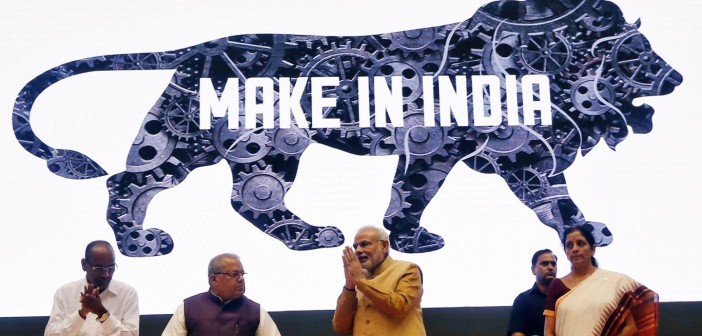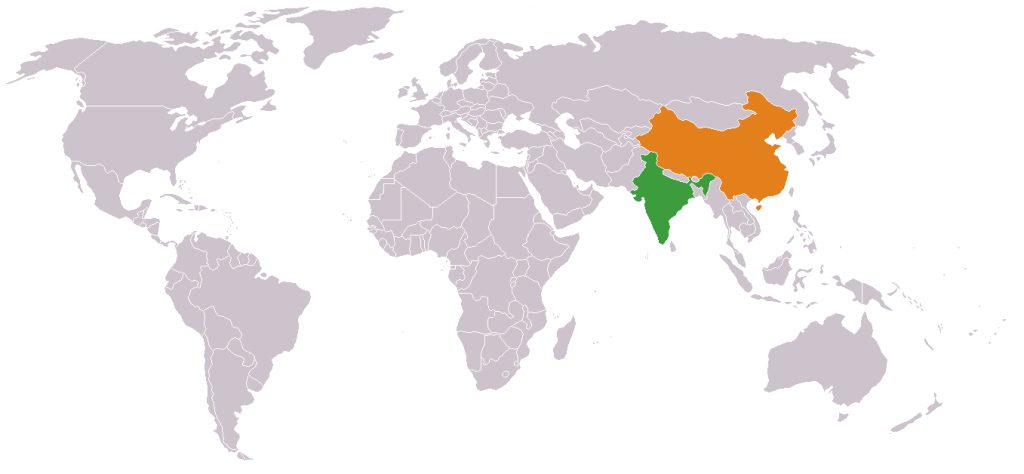India to Challenge China’s Asian Dominance
In some respects, China and India are similar. Both countries have vast histories stretching back thousands of years. They both have large populations, each country possessing over a billion citizens. Both China and India have seen some of the strongest economic growth in recent years. China and India achieved 7% and 5.5% respectively, earning them a top-five place in the year’s fastest growing economies. China and India seem to be in close competition. Over the next few decades, the emerging economies will ascend to take their places at the top. The only question is about who will we sat at the throne. Historically, it has seemed like China would occupy this position. India, however, refuses to back down without a fight.
China is home to a large majority of the world’s manufacturing, and this sector accounts for 32% of its GDP. In India, the story is not quite the same. Agriculture is the dominant sector, and manufacturing only contributes 17% to GDP. With the launch of a new campaign, the Indian government seeks to address this imbalance.
The ‘Make In India’ campaign was launched by President Modi as a challenge to China’s dominance in manufacturing.
The ‘Make In India’ initiative is much more than empty rhetoric. Significant plans are already in place in order for India to transform and dominate manufacturing. The development of a new ‘industrial corridor’ shows the seriousness of the venture. The Delhi-Mumbai Industrial Corridor (DMIC) is a project beyond anything we have seen in India. The government plans to create a chain of manufacturing hubs and sustainable cities along the nearly 1500 km long Dedicated Railway Freight Corridor. The plan is to create a total of 24 such cities, where manufacturing will be their sole purpose. The first phase is to begin with seven cities, and they aim to be completed by 2019.
‘Make In India’ is a long-term strategy to absorb a much larger percentage of the world’s manufacturing. In turn, India hopes to boost the contribution that manufacturing makes to GDP. The first areas have been targeted for this exact reason.
The first seven cities will be built in the six states that already contribute a great deal to India’s economy. 43% of GDP is owed to these DMIC states, and they are home to 40% of India’s workforce.
By launching this ambitious project, India hopes to attract significant foreign capital. India has effectively thrown down the gauntlet, and gone after China’s industrial lifeblood. And they may yet take it.






